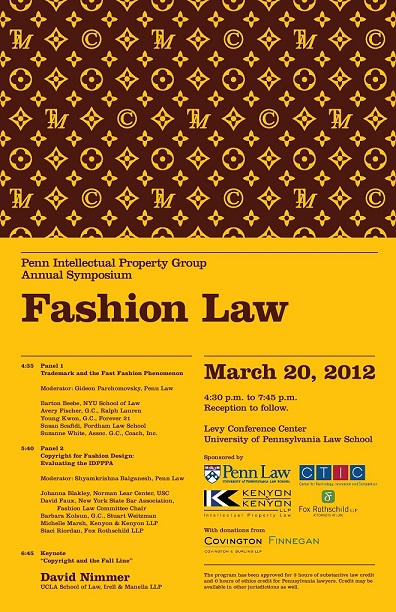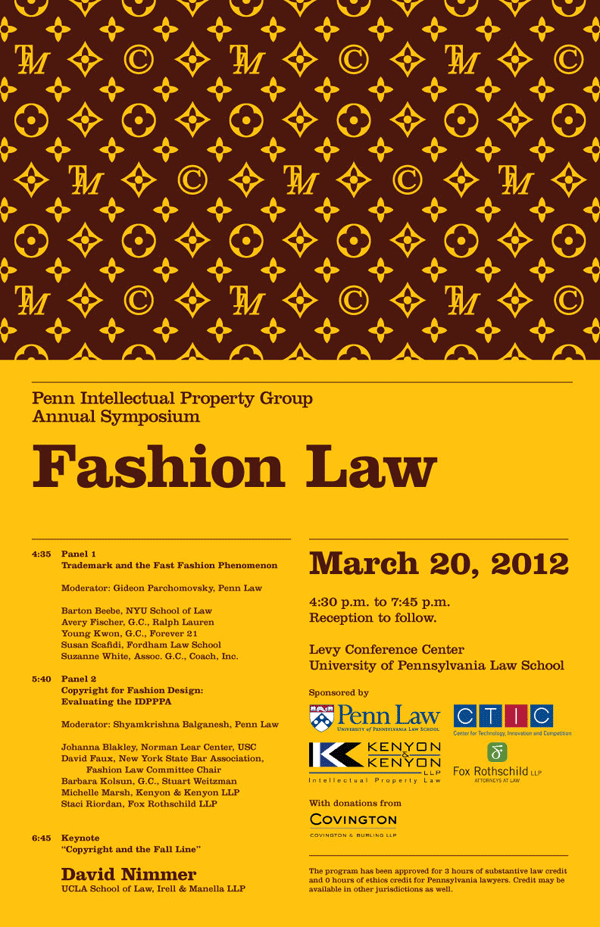
Since January 25, 2011 when Facebook launched its “Sponsored Stories” advertising service, you may have noticed the perimeter of your newsfeed populated with ads featuring your friends “liking” a particular brand or product. This innovative advertising scheme capitalizes on trusted referrals, or what Mark Zuckerberg calls the “Holy Grail of Advertising.” Facebook COO Sheryl Sandberg supplements that by making facebook’s customers its “marketers” in this way, the value of a Sponsored Story is worth 2-3 times more than a traditional facebook advertisement without a friend endorsement, keeping in mind that a user has an average of 130 friends. Fraley v. Facebook, Inc., 2011 WL 6303898, at *9 (N.D. Cal. Dec. 16, 2011). Not amused, in Fraley v. Facebook, the plaintiffs are currently bringing a class action suit on behalf of all facebook users in the United States who have been registered members of the site since January 24, 2011 and have been featured in a Sponsored Story Advertisement. The claim is seeking injunctive and compensatory relief.
Thus far, this claim is faring better than a strikingly similar class action dismissed on October 27, 2011 where the promotion of Facebook’s “Friend Finder” feature, which encouraged using this service by identifying friends that had done so, was instead the subject of dispute. Cohen v. Facebook, Inc., 2011 WL 5117164 (N.D. Cal. Oct. 27, 2011). In Cohen it was acknowledged that while facebook does not directly profit from the addition of users, it does garner revenue from advertisements that at least depends in part on the number of users it reaches. Id. ft. 4. Nevertheless the original complaint was dismissed for failure to state a claim because the plaintiff’s failed to show a “cognizable harm.” After amending their complaint to more particularly allege a right of publicity violation under California’s §3344, which provides a minimum relief of $750 for unquantifiable damages, the court was still not persuaded. A showing of injury was still required, which the complaint failed to demonstrate after omitting conclusory allegations. (Twombly-Iqbal standard).
However, the court in Fraley boldly distinguished the present “Sponsored Story” class action from Cohen, mainly based on the two quotes from Zukerberg and Sandberg, above. “Plaintiffs here have furthermore identified a direct, linear relationship between the value of their endorsement of third-party products, companies, and brands to their Facebook friends, and the alleged commercial profit gained by Facebook. Thus, Plaintiffs have alleged facts showing that their personal endorsement has concrete, measurable, and provable value in the economy at large.” Fraley v. Facebook, Inc., 2011 WL 6303898 at *10.
The court also distinguished a slew of cases cited by facebook, In re iPhone Application, Specific Media, In re Doubleclick, and Low, where economic damages where insufficient when plaintiff’s personal information was misappropriated to third-party data-compilation companies. By contrast, in this case the plaintiffs’ are claiming a misappropriation of their right of publicity in the form of their names and likenesses used for commercial advertising.
Integral to their complaint is that users are enticed to click the “Like” button on a company’s facebook page to access special offers, event photographs, support social causes, or enter a contest. Plaintiff’s are unaware that this action would be interpreted and publicized as their “liking” or endorsing a company. Moreover, while facebook attempted to demonstrate that users can limit their visibility and are not required to use their own photographs as their profile pictures, it still remains that one cannot completely opt-out of the Sponsored Story feature. If the sponsored story is noticed, then the user can delete it by clicking on an “x”, but these instructions are buried in facebook’s Help section and cannot be accessed through any page detailing Sponsored Stories. The feature was only incorporated on January 25, 2011 after many users had already registered a facebook account, and was not subject to acceptance.
The judge denied Facebook’s defense under §230 of the Communications Decency Act, which exempts service providers from tortious conduct by users. Facebook was deemed a content provider by surpassing an acceptable editorial role when it transformed users actions into a commercial advertisement by re-arranging user’s profile pictures with third-party logos and the “likes” and “sponsored story” header.
Nor was facebook’s attempted defense under subsection (d) of §3344 for “newsworthy” stories successful. According to facebook, its users are “public figures” among friends and their expressions of consumerism are newsworthy. The problem wasn’t whether users can be considered celebrities or public figures –in California statutory right of publicity protection extends to celebrities and non-celebrities alike (KNB Enterprises, 78 Cal.App.4th at 373 n. 12, 92 Cal.Rptr.2d 713) – but whether this use was journalistic or commercial in nature. Because the sponsored stories are used for commercial advertising rather than “any news, public affairs, sports broadcast, or political campaign,” the newsworthy exception does not apply.
While the court did dismiss Plaintiff’s unjust enrichment complaint, that was only because it could not be a separate cause of action and was already embedded in their right of publicity complaint. Therefore, it seems like Facebook’s best defense is the consent issue. The Terms of Use notify users that their profile pictures may be associated with “commercial, sponsored, or related” content, subject to the limitations placed by the users. The story appears only to confirmed friends and there is no requirement to “like” companies. Since the complaint was only being scrutinized under 12(b)(6) standards for failure to state a claim, the court did not provide further guidance on this question, but commented that whether consent was obtained was at least a question of fact.
Personally, I think that the plaintiffs’ claims have legal grounding, but wonder what they hope to achieve as a result of the suit. Facebook does not charge users for its services, and according to an LA Times article about the case, http://latimesblogs.latimes.com/technology/2011/12/facebook-lawsuit-like-ads-proceed.html garners 90% of its income from online advertising. If this source is diminished, facebook may have to begin charging users, limit users to certain, approved networks, or cut back on features. Facebook is undoubtedly a valuable commodity and for many people that has become a routine part of their day, not to mention the number of businesses that rely on marketing via social media. Notwithstanding this, there seems to be an undue sense of entitlement to facebook’s services surrounding any of their proposed changes or advertising schemes. If one doesn’t like the way their likeness is being used, then they have several options such as refraining from liking any company’s profile (after all, it’s not like facebook is randomly pairing users with companies that they have never interacted with), or even not joining facebook at all! What will most likely happen is facebook will revise its terms of use and will then burden users with accepting them if they want to continue using the site. And since of course no one reads the fine print, the entire issue may hinge on the typical “click-wrap” licenses dilemma.


 Jeremy Lin’s Cinderella-story from an undrafted Harvard graduate to NBA sensation has generated a rigorous fan base and “Linnovative” lexicon. However, some fans are looking to not only get caught up in the “Linsanity,” but capitalize on the Lin-spired puns. As of this post, there have been ten trademark registrations for the term “Linsanity.”
The United States Patent and Trademark Office (PTO) allows domestic users
Jeremy Lin’s Cinderella-story from an undrafted Harvard graduate to NBA sensation has generated a rigorous fan base and “Linnovative” lexicon. However, some fans are looking to not only get caught up in the “Linsanity,” but capitalize on the Lin-spired puns. As of this post, there have been ten trademark registrations for the term “Linsanity.”
The United States Patent and Trademark Office (PTO) allows domestic users 